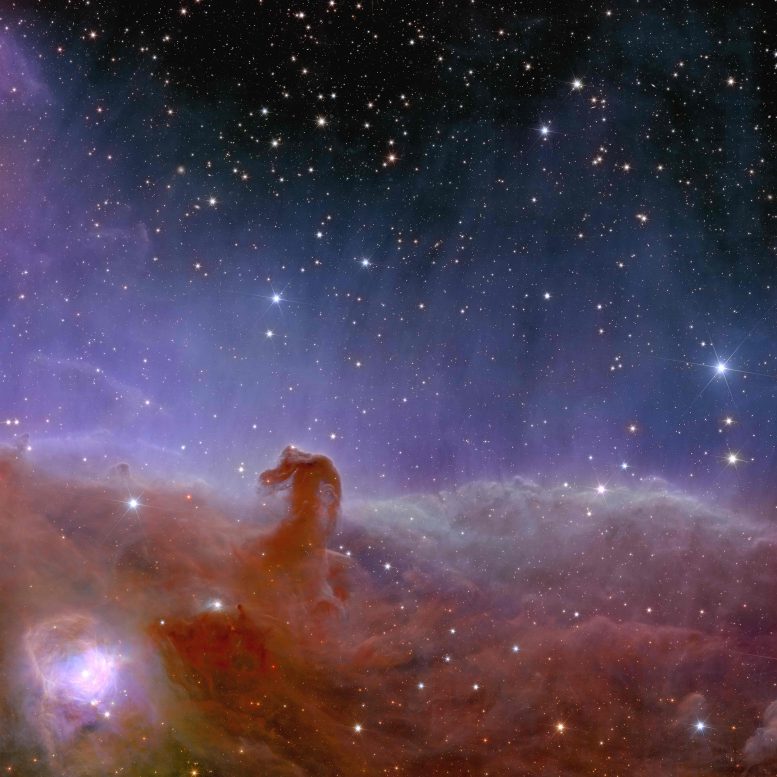
Euclid’s advanced imaging presents a spectacularly detailed panorama of the Horsehead Nebula, located within the Orion constellation. The nebula, part of a massive star-forming region, is vividly captured in high resolution by Euclid in just one hour. This observation is poised to uncover dim, young celestial bodies and is especially valuable for studying unique star formation conditions influenced by the bright star Sigma Orionis. Credit: ESA/Euclid/Euclid Consortium/NASA, image processing by J.-C. Cuillandre (CEA Paris-Saclay), G. Anselmi, CC BY-SA 3.0 IGO
Euclid shows us a spectacularly panoramic and detailed view of the Horsehead Nebula, also known as Barnard 33 and part of the constellation Orion.
At approximately 1375 light-years away, the Horsehead – visible as a dark cloud shaped like a horse’s head – is the closest giant star-forming region to Earth. It sits just to the south of star Alnitak, the easternmost of Orion’s famous three-star belt, and is part of the vast Orion molecular cloud.
Unprecedented Imaging Capabilities
Many other telescopes have taken images of the Horsehead Nebula, but none of them are able to create such a sharp and wide view as Euclid can with just one observation. Euclid captured this image of the Horsehead in about one hour, which showcases the mission’s ability to very quickly image an unprecedented area of the sky in high detail.
A Stellar Nursery Full of Possibilities
In Euclid’s new observation of this stellar nursery, scientists hope to find many dim and previously unseen Jupiter-mass planets in their celestial infancy, as well as young brown dwarfs and baby stars.
“We are particularly interested in this region, because star formation is taking place in very special conditions,” explains Eduardo Martin Guerrero de Escalante of the Instituto de Astrofisica de Canarias in Tenerife and a legacy scientist for Euclid.
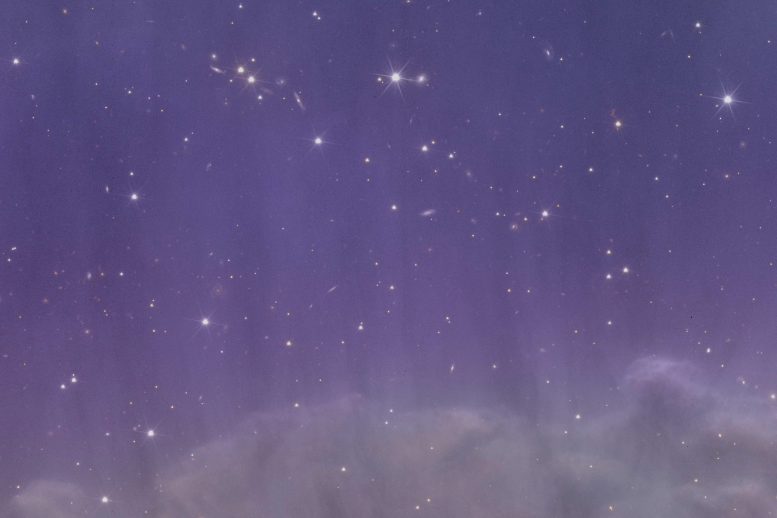
This is a cutout from Euclid’s full view of the Horsehead Nebula is at the high resolution of the VIS instrument. This is nine times better than the definition of NISP that was selected for the full view; this was done for the practical reason of limiting the format of the full image to a manageable size for downloading. The cutout fully showcases the power of Euclid in obtaining extremely sharp images over a large region of the sky in one single pointing. Although this image represents only a small part of the entire color view, the same quality as shown here is available over the full field. Credit: ESA/Euclid/Euclid Consortium/NASA, image processing by J.-C. Cuillandre (CEA Paris-Saclay), G. Anselmi, CC BY-SA 3.0 IGO
The Influence of Sigma Orionis
These special conditions are caused by radiation coming from the very bright star Sigma Orionis, which is located above the Horsehead, just outside Euclid’s field-of-view (the star is so bright that the telescope would see nothing else if it pointed directly toward it).
Ultraviolet radiation from Sigma Orionis causes the clouds behind the Horsehead to glow, while the thick clouds of the Horsehead itself block light from directly behind it; this makes the head look dark. The nebula itself is made up largely of cold molecular hydrogen, which gives off very little heat and no light. Astronomers study the differences in the conditions for star formation between the dark and bright clouds.
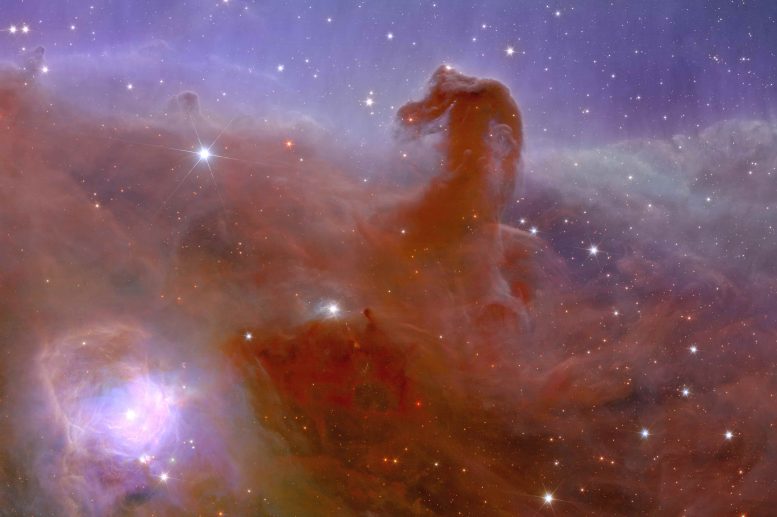
This is a cutout from Euclid’s full view of the Horsehead Nebula at the resolution of the NISP instrument. Credit: ESA/Euclid/Euclid Consortium/NASA, image processing by J.-C. Cuillandre (CEA Paris-Saclay), G. Anselmi, CC BY-SA 3.0 IGO
Searching for Unseen Members of the Sigma Orionis Cluster
The star Sigma Orionis itself belongs to a group of more than a hundred stars, called an open cluster. However, astronomers don’t have the full picture of all the stars belonging to the cluster. “Gaia has revealed many new members, but we already see new candidate stars, brown dwarfs, and planetary-mass objects in this Euclid image, so we hope that Euclid will give us a more complete picture,” adds Eduardo.
See more of Euclid’s First Images.


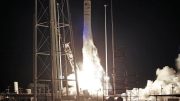
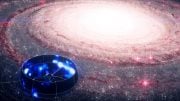
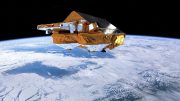
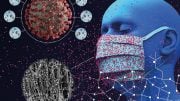

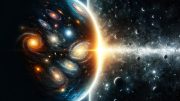
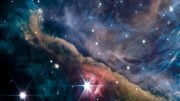
Be the first to comment on "Euclid’s Cosmic Lens Magnifies the Majestic Horsehead Nebula"